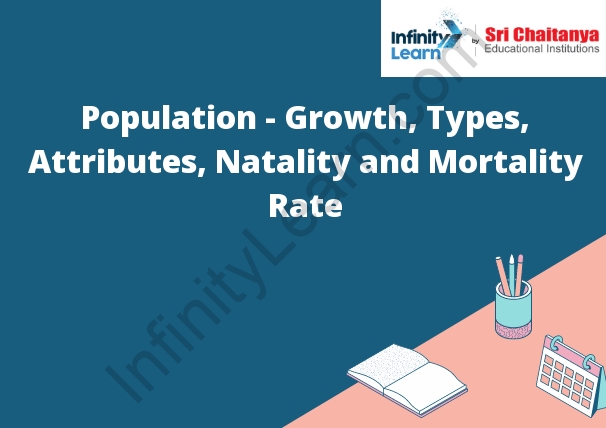Table of Contents
Introduction to Population Ecology
- Population ecology is the study of the distribution and abundance of organisms in relation to the environment. It is a subfield of ecology, the scientific study of the interactions between organisms and their environment. Population ecology focuses on the dynamics of populations and how populations are affected by the environment.
- Population ecology is important for understanding the impact of humans on the environment. Human activities, such as deforestation and pollution, can have a significant impact on the distribution and abundance of organisms. Population ecology can help us to understand how human activities are affecting the environment and how we can mitigate the effects of human activities on the environment.

Attributes of Population
There are three main attributes of population: size, density, and distribution.
- The size of a population is simply the number of individuals in the population.
- The density of a population is the number of individuals per unit area or volume.
- The distribution of a population is the way in which individuals are spread out over an area.
Sex Ratio at Birth
The sex ratio at birth is the number of boys born for every 100 girls. The sex ratio at birth is usually around 105 boys for every 100 girls. This means that there are more boys than girls born. There are many reasons for this. One is that boys are more likely to die in infancy than girls. Another reason is that couples are more likely to have a boy if they have already had a girl.
Mortality Rate
Mortality rate is the number of deaths in a population per unit of time. It is usually expressed in terms of deaths per 1,000 people per year.
Natality Rate
The natality rate is a measure of the number of births per 1,000 people in a population. It is used to track changes in a population’s fertility rate over time. A higher natality rate indicates a higher fertility rate, while a lower natality rate indicates a lower fertility rate.
Dispersion
The scattering of light by particles in the atmosphere or in a medium. The scattering of light by particles in the atmosphere or in a medium.
Age Class and the Age Structure of the Population
Age class is a division of the population by age. The age structure of a population is the distribution of people by age. The age structure of a population can be used to measure how old a population is and how fast it is growing. The age structure of a population can also be used to predict the future needs of a population.
Population Growth
- The world’s population is projected to reach 9.7 billion by 2050.
- Africa is the most populated continent, and it is expected to double in size by 2050.
- The number of people over the age of 65 is expected to more than double, from 516 million in 2010 to 1.3 billion in 2050.
- The number of people living in urban areas is expected to increase from 3.3 billion in 2010 to 6.4 billion by 2050.
Types of Population Growth
There are three main types of population growth: exponential, linear, and logistic.
1. Exponential Population Growth
In exponential population growth, the population size increases at an increasing rate over time. This type of growth is often described by a mathematical equation in which the population size at time t (Pt) is proportional to the population size at time t-1 (Pt-1) multiplied by a constant (k).
Pt = Pt-1k
This equation can be graphed as a line on a graph with the population size on the y-axis and the time on the x-axis. The line will be exponential if it is curved upward and the curve becomes steeper over time.
2. Linear Population Growth
In linear population growth, the population size increases at a constant rate over time. This type of growth is often described by a mathematical equation in which the population size at time t (Pt) is proportional to the population size at time t-1 (Pt-1).
Pt = Pt-1
This equation can be graphed as a line on a graph with the population size on the y-axis and the time on the x-axis. The line will be linear if it is a straight line and the slope is constant.
Logistic Population Growth
In logistic population growth, the population size increases at a decreasing rate over time. This type of growth







